By Maddy Gackenbach, Preserve Stewardship Associate
In the still of the night and under a moonlit sky full of stars shining brightly against the backdrop of Iron Creek Preserve, I looked out over the fen. The enchanting soundtrack of owls hooting and frogs croaking took over my senses as I stood mesmerized by the fireflies dancing around me.
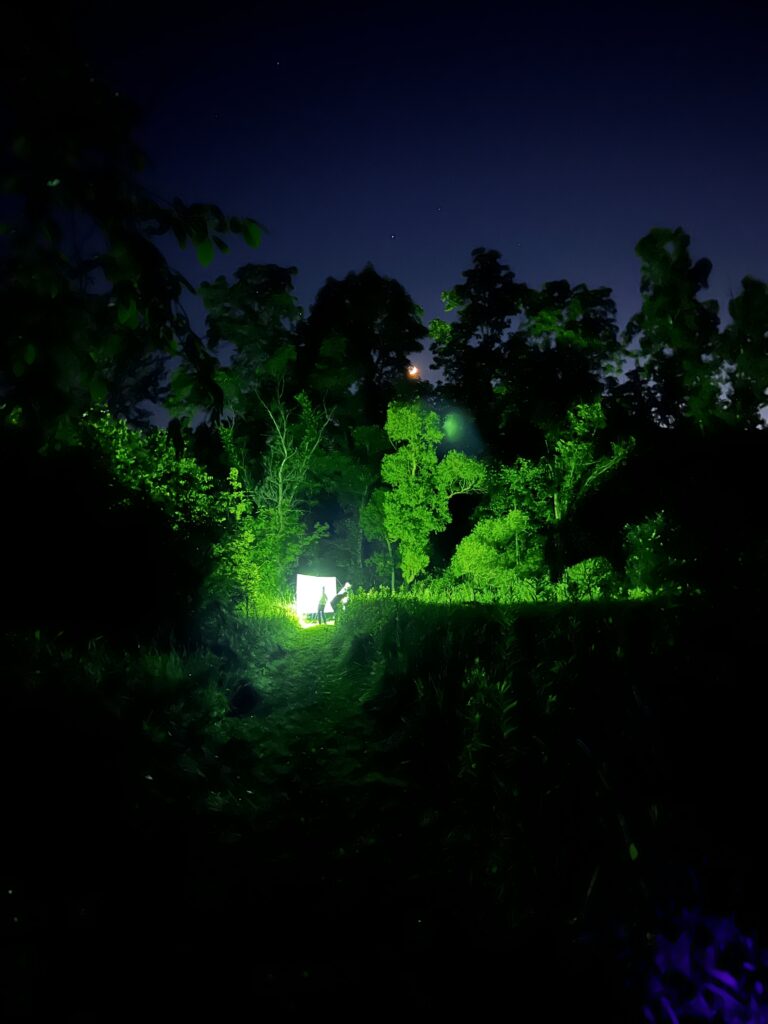
I had been in this same spot so many times during the last two months. It was the place the stewardship team and I had worked day after day in the blazing hot sun preparing Iron Creek for its opening. Yet, under the cover of darkness, it felt utterly transformed.
Only hours after the opening day festivities ended, David Cappaert, local entomologist and Legacy supporter, returned to Iron Creek just before sunset to set up his mothing station. It wasn’t much. Just a framed white sheet and a mercury vapor light bulb. But according to moth enthusiasts, it’s the gold standard. These bulbs emit a wide spectrum of light, including ultra violet wavelengths that moths can’t resist.
A few moths had already gathered on the sheet when I joined the group just after sunset. We quickly got to work noting several different species of the Haploa genus, which are frequent visitors early in the night. The first couple of hours were slow, mostly a variety of small moths and insects.
Around 11pm, things picked up–and the larger, showier moths began to appear. First came a small-eyed sphinx (Paonias myops). Not long after, a breathtaking Io moth (Automeris io) fluttered in—a favorite among lepidopterists. Other notable visitors included the elm sphinx (Ceratomia amyntor), spotted apatelodes (Apatelodes torrefacta), beautiful wood-nymph (Eudryas grata), and painted lichen moth (Hypoprepia fucosa).
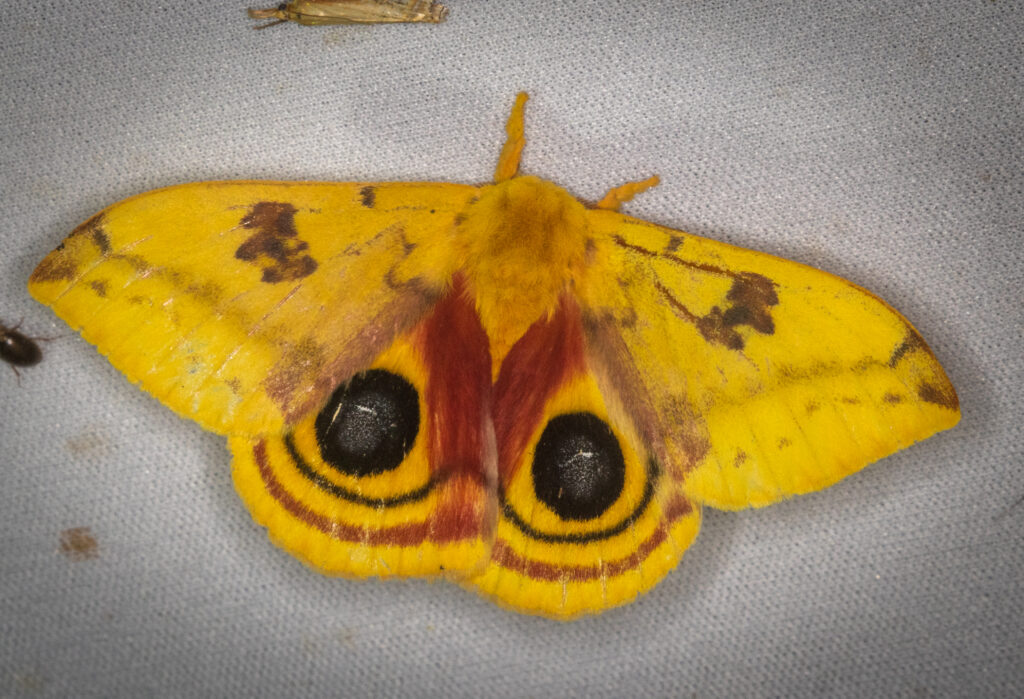
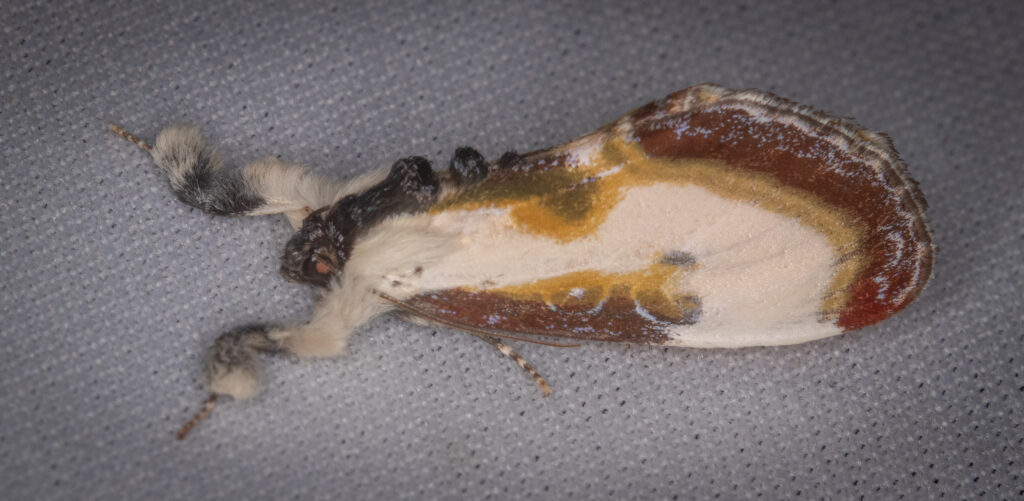
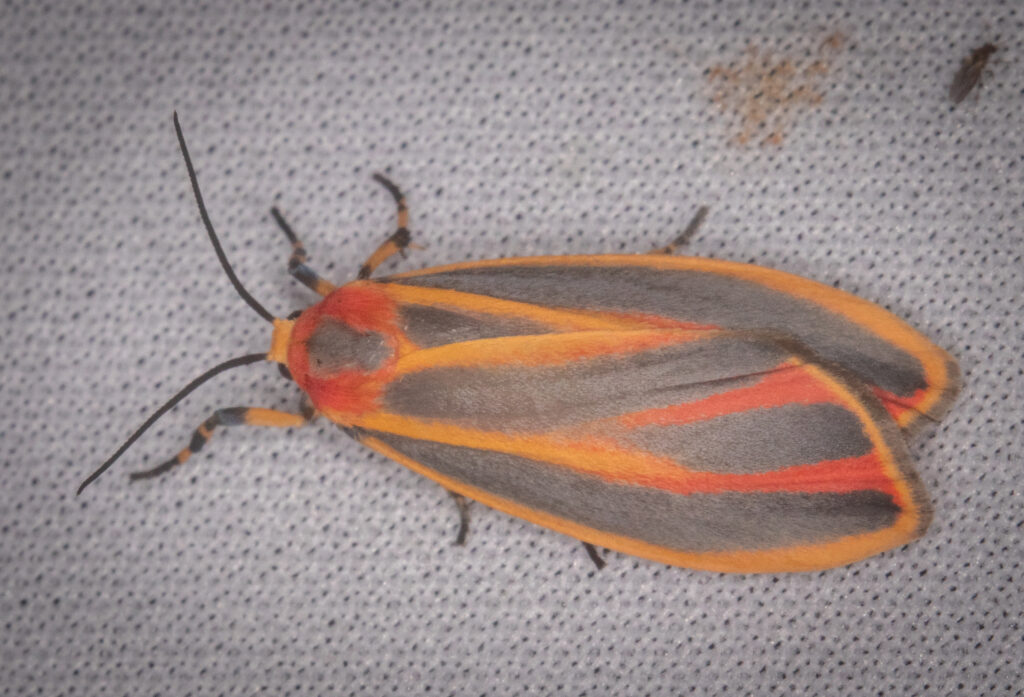
Moths often live in the shadow of butterflies, underappreciated despite their ecological importance. They are incredibly diverse and numerous. Many birds rely on moth caterpillars to raise their young. And surprisingly, many moths are pollinators—filling a critical nighttime niche in ecosystems.
Like butterflies, many moth species depend on specific host plants to complete their life cycles. So knowing which moths inhabit a site can also tell us about the plant life there. For a land conservancy like Legacy, this is valuable knowledge. It helps us make informed stewardship decisions and support the rich biodiversity that thrives on our preserves.
Throughout the night, we recorded our observations on iNaturalist, a platform where you can share sightings, contribute to biodiversity science, and connect with other naturalists. By uploading our findings, we not only get help identifying species, but also contribute to Legacy’s growing record of biodiversity across our protected lands. [Check out Legacy’s iNaturalist account]
One personal observation struck me: individuals of the same species often arrived around the same time. Early in the night, several Haploa moths landed on the sheet in quick succession. Later, a wave of Halysidota moths followed. I’m not sure why this happens, but it’s inspired me to learn more about moth behavior and life cycles.
As my friend and I prepared to leave, something truly special happened. Near the sheet, we spotted a stunning moth we had both longed to see: the giant leopard moth (Hypercompe scribonia). Moments later, six more arrived. We joked that they must have called each other–“Hey! Meet at the sheet at midnight!”
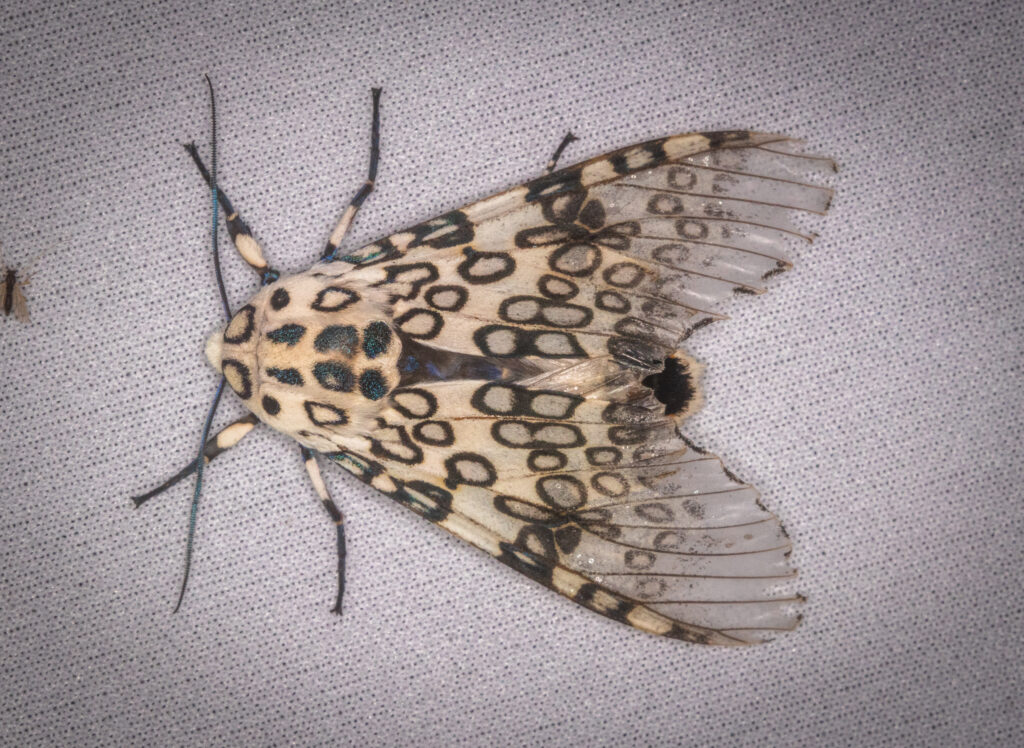
After starting my role at Legacy in April and spending two months preparing for Iron Creek for opening, this special nighttime experience felt like a gift. Not only does mothing provide scientific value, it has become one of my favorite ways to connect with nature. And I can’t wait to do it again!
If you are curious about mothing or want to join me on our next nighttime adventure, send me an email at [email protected]. I’d love to connect!
Disclaimer: Legacy’s preserves are open from dawn until dusk. Visitors are only allowed on our preserves outside of these hours during an approved Legacy event. To find out about any upcoming mothing events, please check our event calendar regularly.
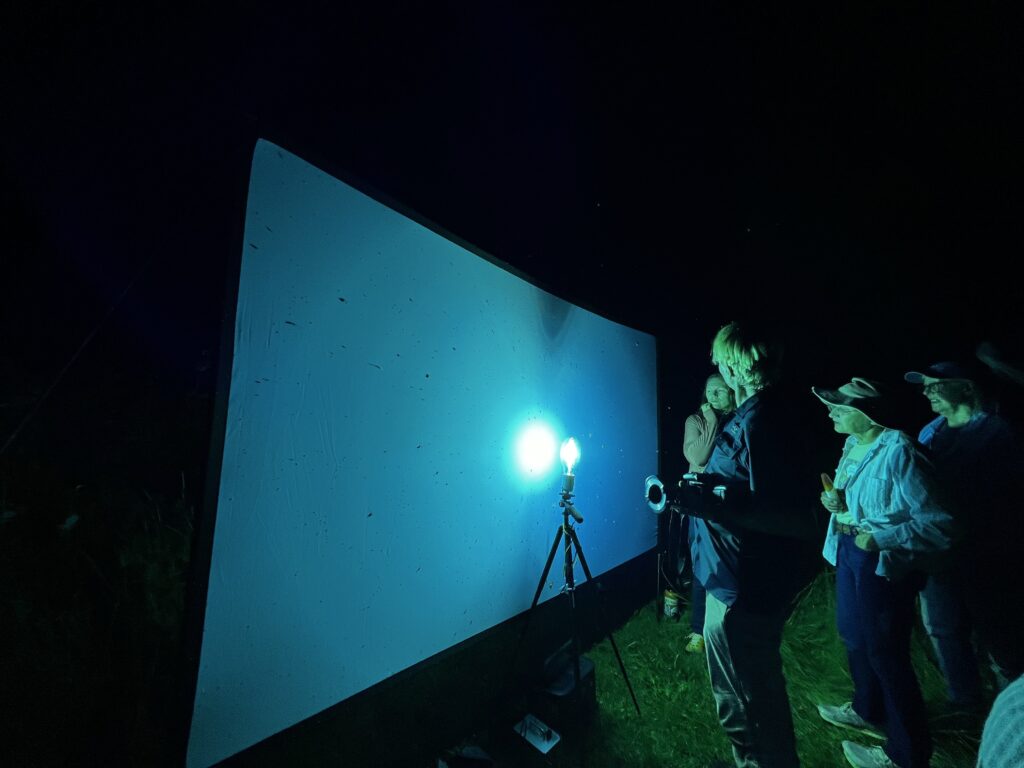
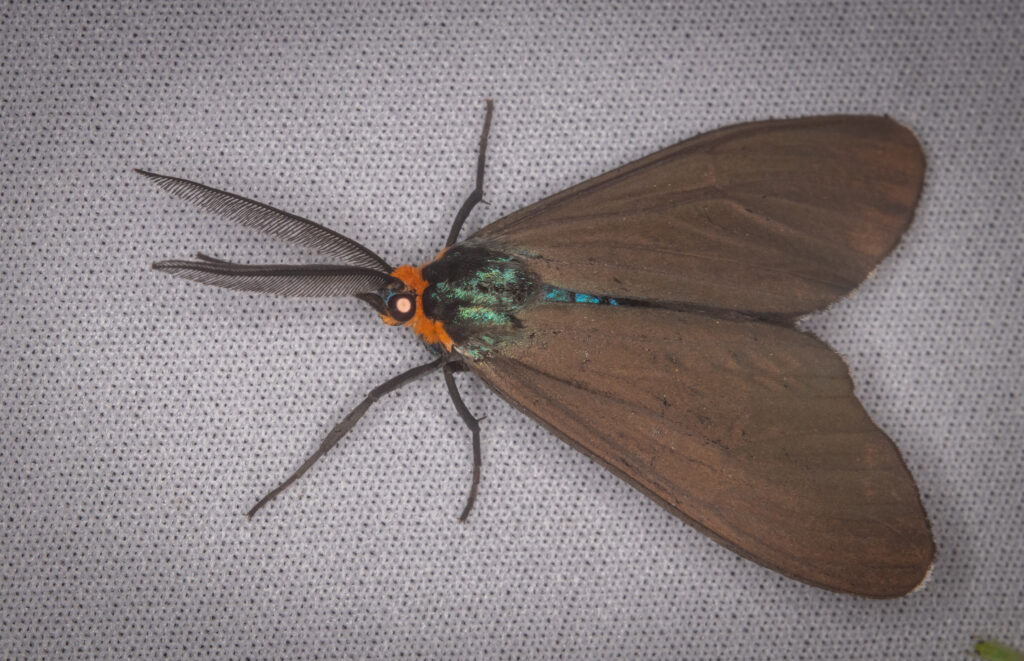
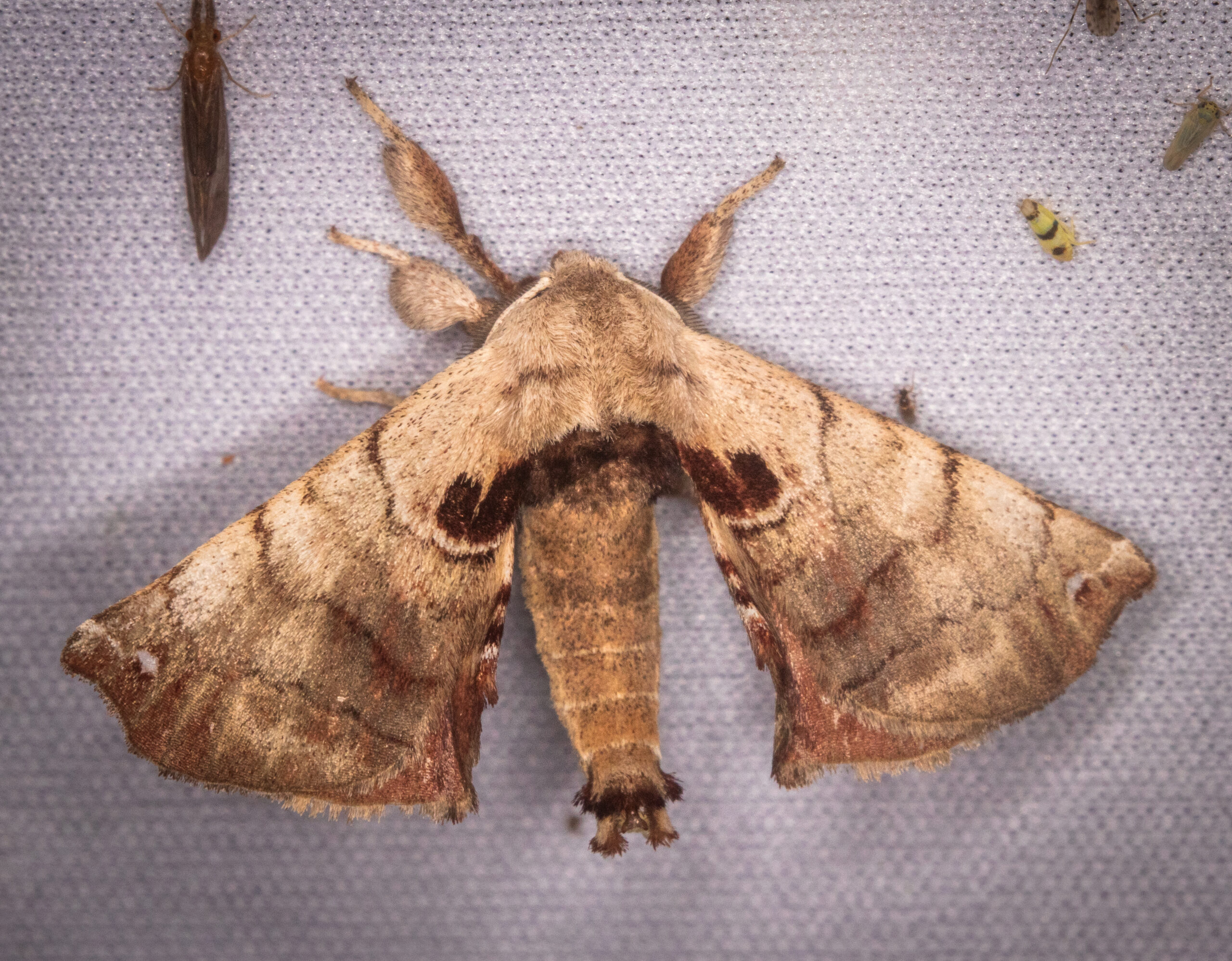
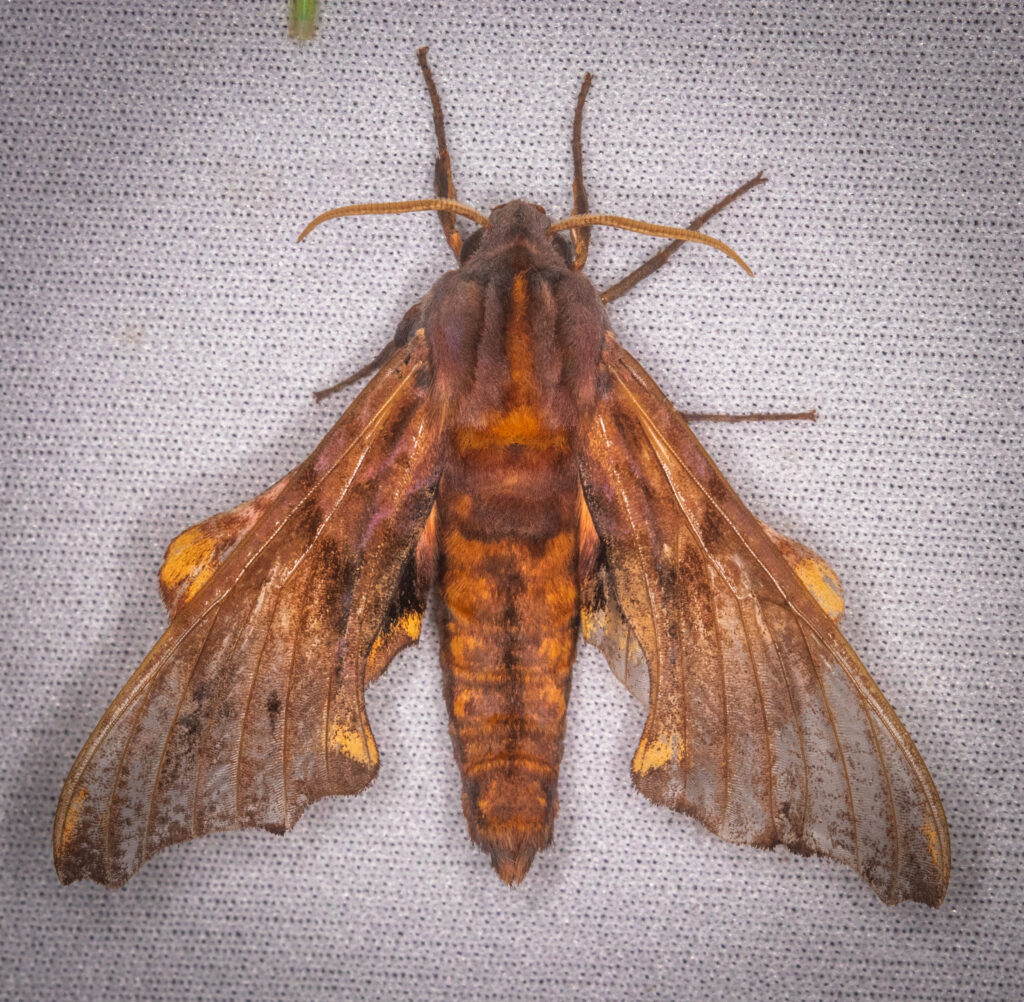
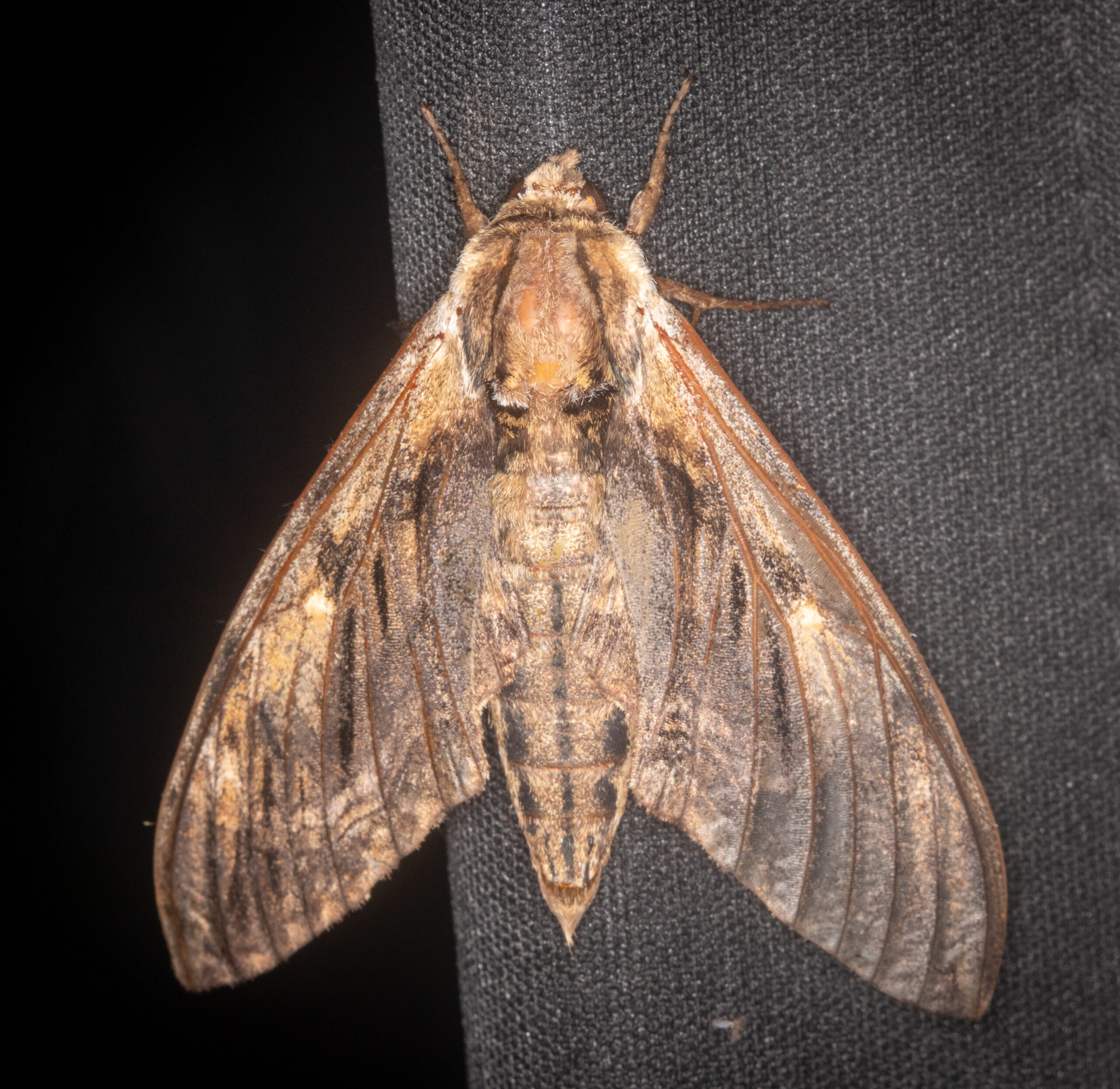
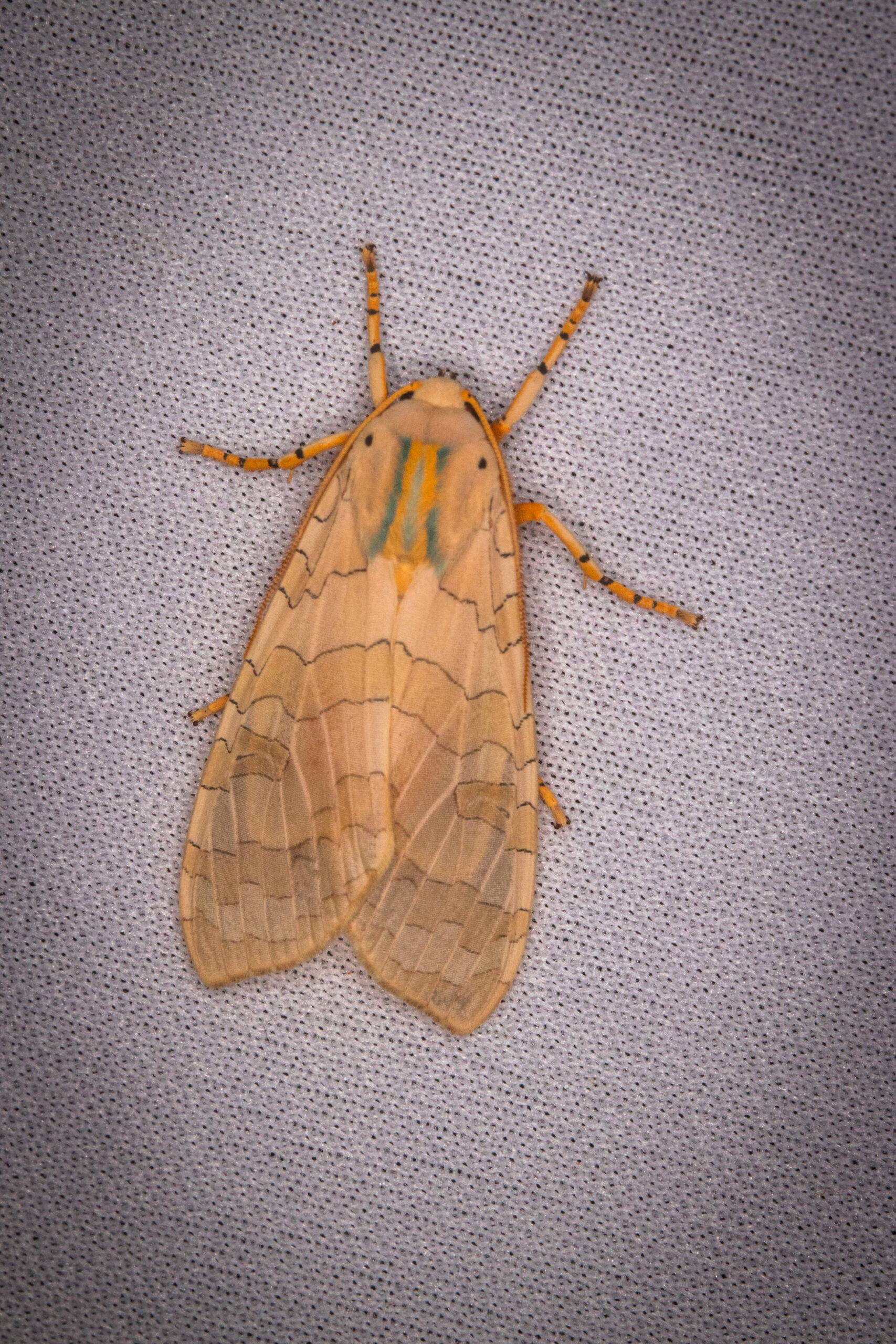
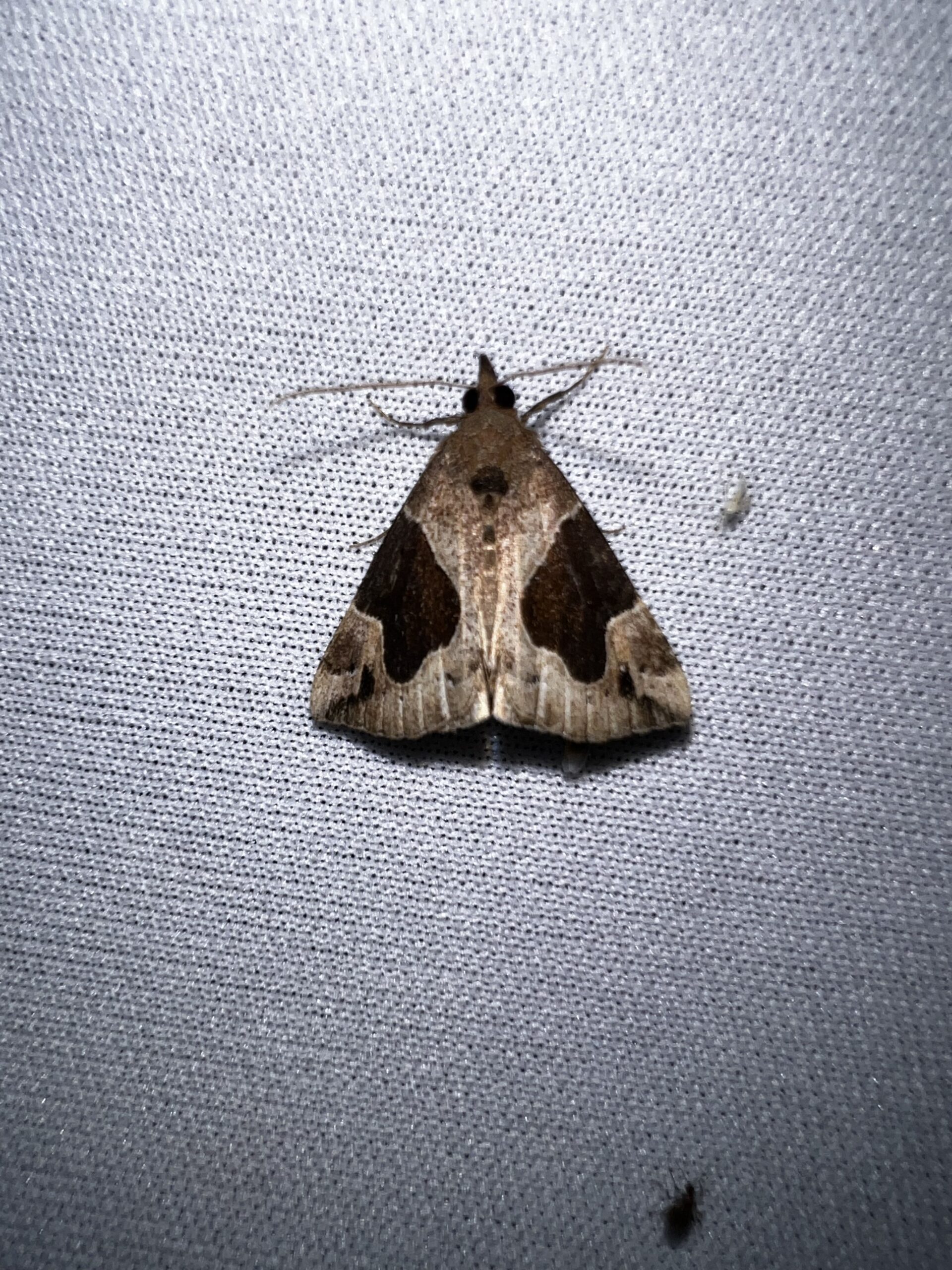
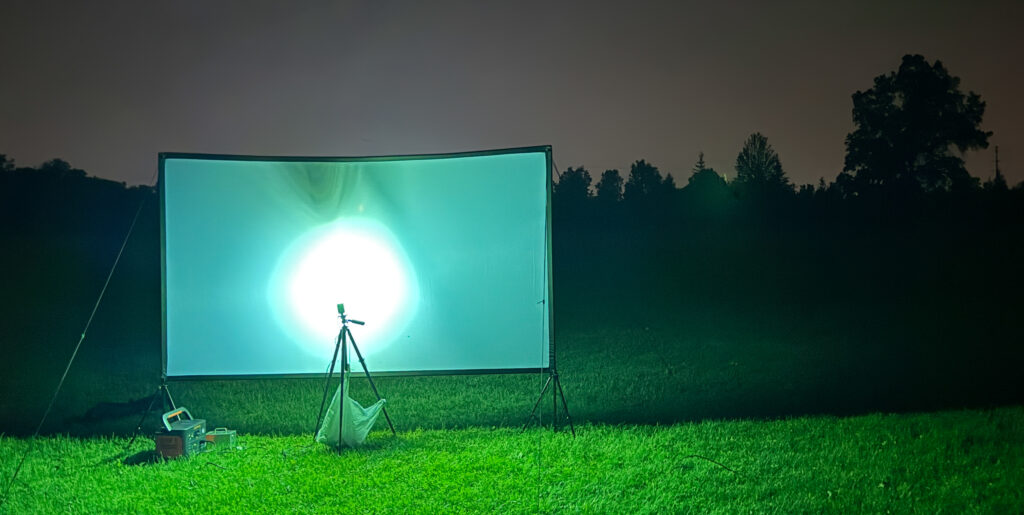

 RSS Feed
RSS Feed